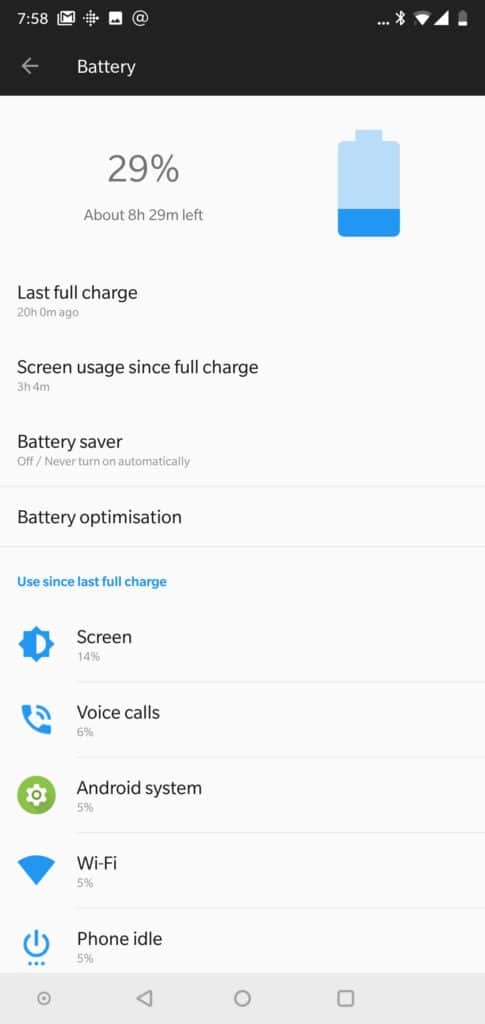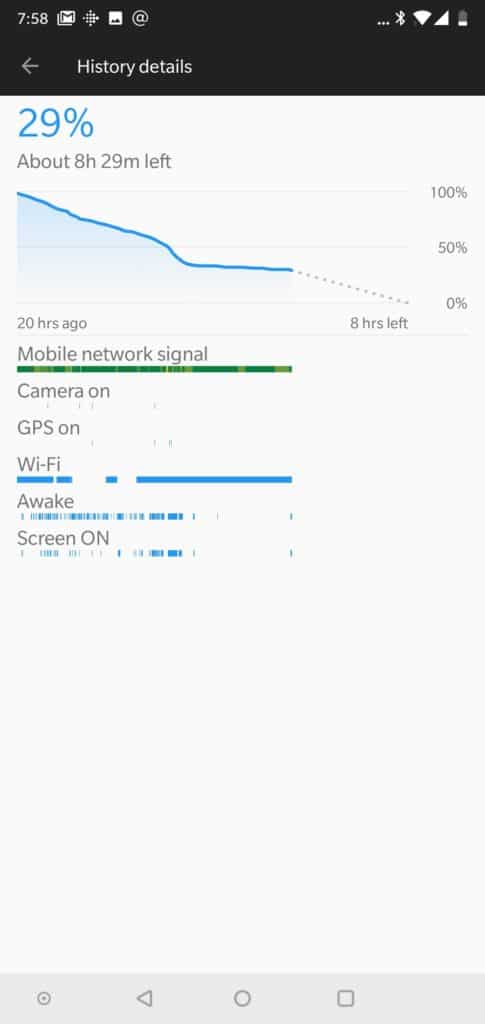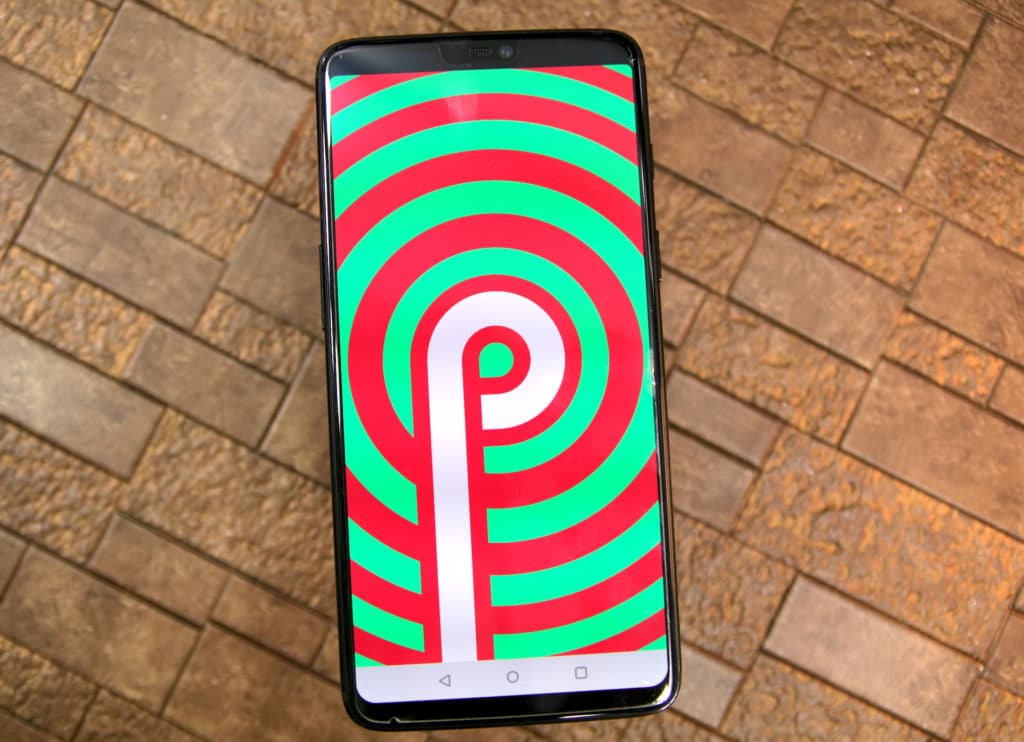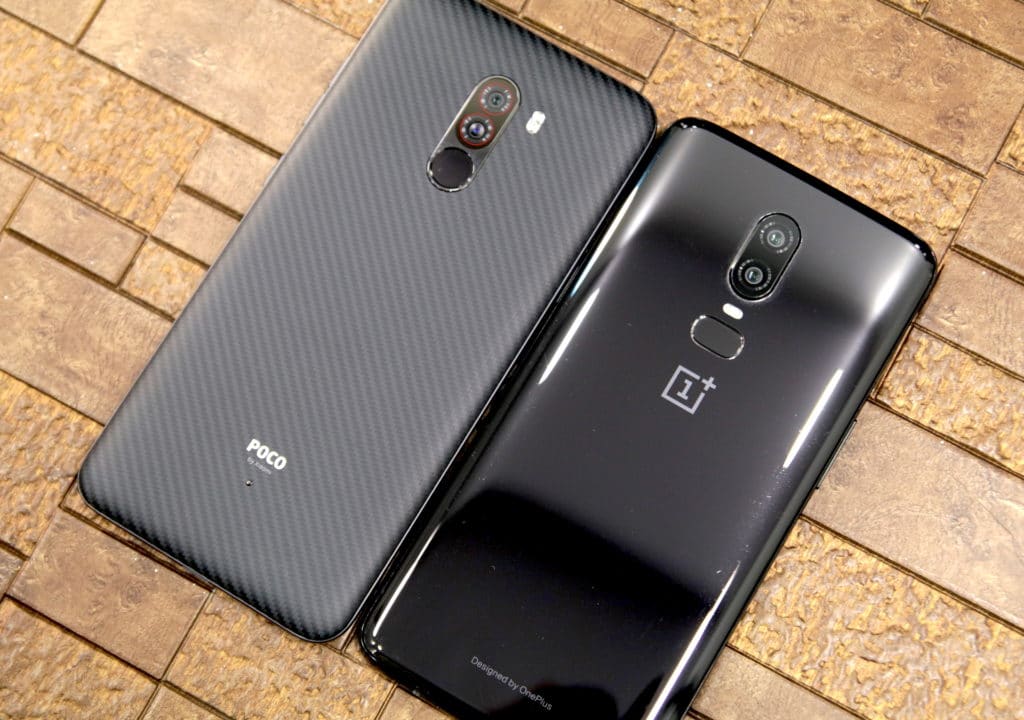
OnePlus has managed to carve a name for itself for consistently rolling out some great mid-range devices. Initially, the company surprised everyone by releasing devices which offered an incredible value for money. However, over the years, despite a continuous increase in the price of their phones, OnePlus has continued to meet with success. The company recently launched the OnePlus 6 which has already been reviewed by us.
While Steve’s review is comprehensive and tells everything you need to know about the device, I wanted to add some of my own thoughts about the device after using it almost two weeks after switching from my previous daily driver, the Pixel 2 XL.
OnePlus 6 Re-Review
Performance
Steve has already done a great job at highlighting the beautiful design of the OnePlus 6, and I don’t really have much to add in this department. What I want to talk about here is the performance of the handset. With flagship 2018 internals which includes a staggering 8GB RAM and a relatively light OxygenOS skin, it is not surprising that the OnePlus 6 is an absolute beast in terms of performance.
I am switching to the OnePlus 6 from a Google Pixel 2 XL which was considered to be among the best performing smartphones released last year. But when I compare the performance of both phones on the basis of daily use, the OnePlus 6 is on a different level altogether.

I am not making these claims based on the app opening times of the OnePlus 6, which is really impressive, but I am saying this after being totally awestruck with its multitasking performance. The Pixel 2 XL really struggles when it has a number of apps running in the background and starts unloading them from its RAM to ensure optimum system performance. This really gets frustrating if you are using multiple apps on the phone at the same time. On the OnePlus 6 though, I open an application in the morning and when I come back to it after a few hours, it remains in the exact same state. This can be attributed to oodles of RAM the OnePlus 6 comes with, but it is also telling that Google’s flagship phone’s performance has already declined so much within a year of its launch.
Camera

The camera of the OnePlus 6 has also turned out to be another pleasant surprise. On paper, the camera seems to be a minor improvement over the OnePlus 5T with the addition of OIS and the switch to larger 1.22um pixels. However, this translates into some major improvements in terms of the amount of details captured and dynamic range. When compared to the Pixel 2, I was struggling to find faults in the photos taken on the OnePlus 6. In low-light though, the OnePlus 6 ends up taking fairly noisy shots since it tends to capture photos with an unusually high ISO level. This is despite the handset featuring OIS and a wider aperture than the Pixel 2 XL.
The OnePlus 6 also comes with Super slow-mo video recording which allows you to capture some funny scenes. It is also capable of recording 4K videos at 60fps with stabilization to ensure that your videos come out smooth no matter what.
As for the front camera, it is strictly okay. I’d prefer the front 8MP selfie shooter on the Pixel 2 XL which captures far more detailed selfies.
Battery Life
If there’s another area where the OnePlus 6 truly shines, its battery life. With a 3300mAh battery and a massive 6.28-inch display, you’d expect the handset to offer mediocre battery life. But OnePlus knows how to optimize OxygenOS and the silicon inside its handset to extract maximum battery life without affecting performance. Despite heavy use, the OnePlus 6 has consistently managed to last through a day of heavy use with more than enough juice left in its tank. Usually, I’d end the day with about 4 hours of screen on time coupled with an hour or two of music streaming over Bluetooth and an hour+ of phone calls with 40 percent battery still left.
Coming from the Pixel 2 XL, I was really impressed with the OnePlus 6 battery life but then the former also offered a similar kind of endurance. But apart from its excellent battery life, the OnePlus 6 has another ace up its sleeve: Dash Charge. The feature single-handedly changed the way I charge and used the OnePlus 6.
Knowing that I can charge the handset to up to 50 percent or more in about 30 minutes meant that I had the freedom of using the device even when it was low on power without any worries. It is also a lifesaver when you have to leave for somewhere urgently and your device is low on charge. 5-10 mins of Dash Charging and the OnePlus 6 will easily have enough juice to last at least half a day of heavy use.
Dash Charge is not a new technology. OnePlus has been using it in its devices right since the OnePlus 3 but even now, the feature feels downright magical and straight from the future.
Conclusion
In India, the OnePlus 6 is priced at Rs 34,999. That’s not cheap and the handset definitely does not offer the same value for money as previous OnePlus’ handsets. That’s not a bad thing per se because with the OnePlus 6, you are getting more smartphone for your money than any other smartphone in this price range. I wish other phones in the market also offered the same bang for the buck as the OnePlus 6 and were as good as it.
























